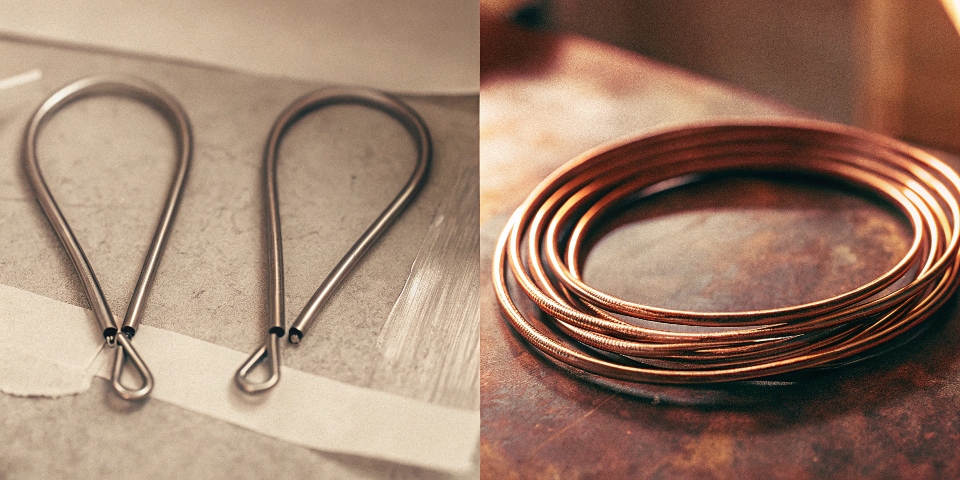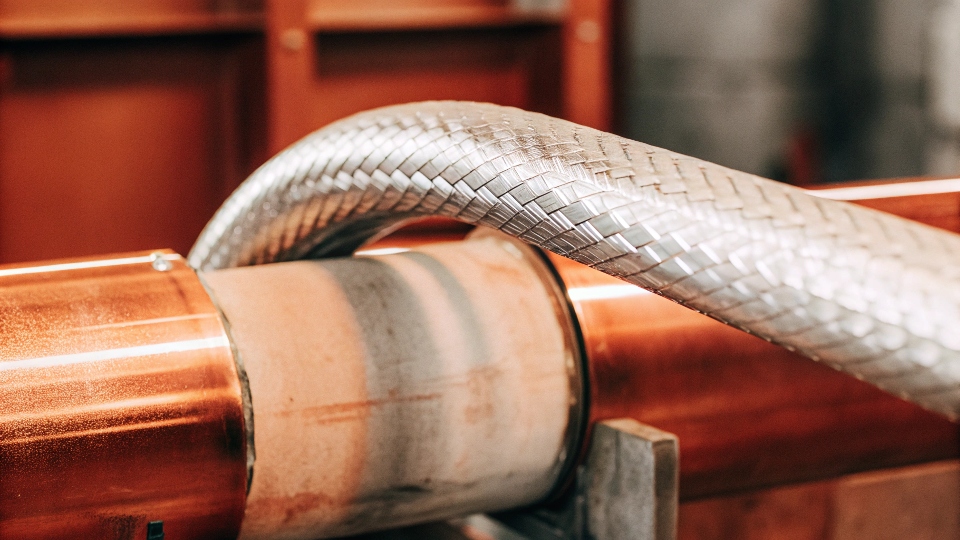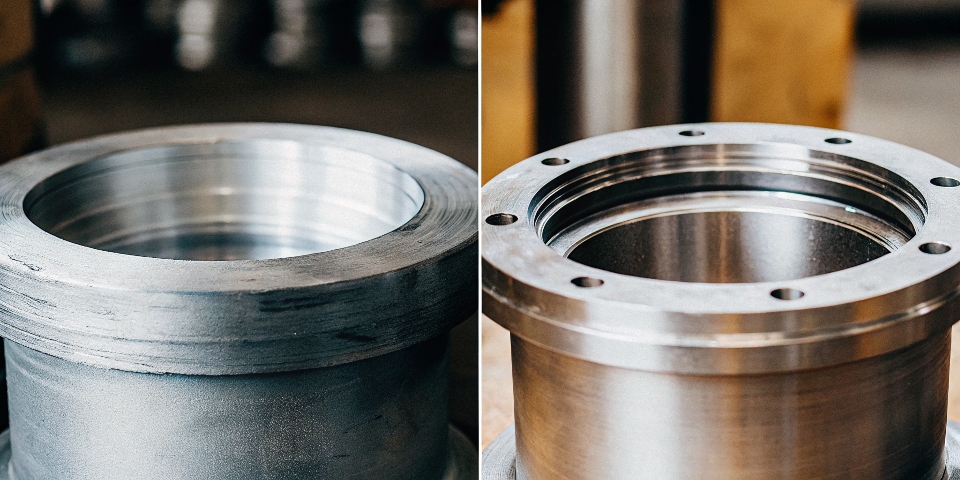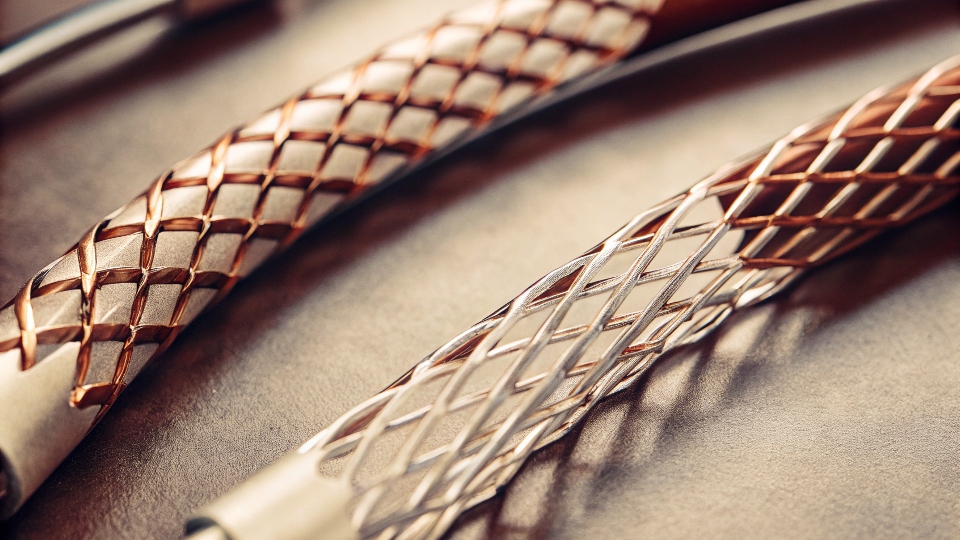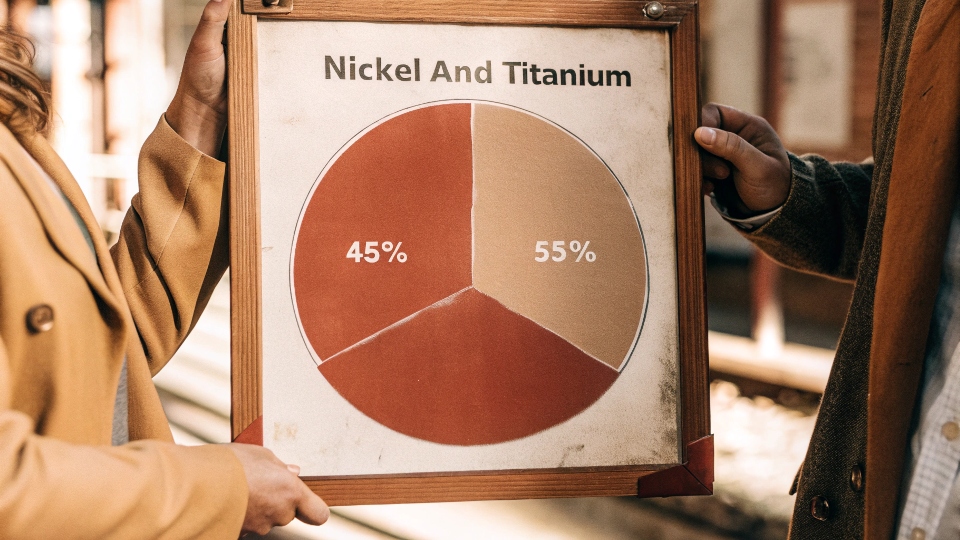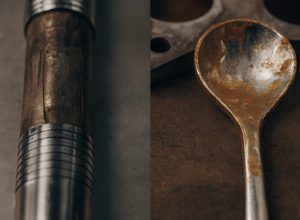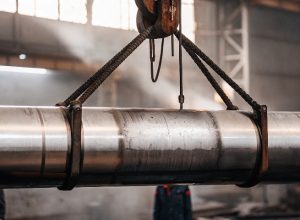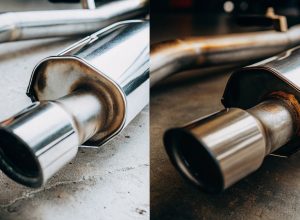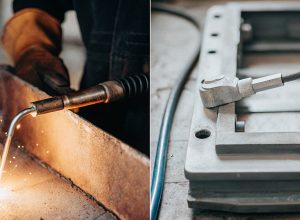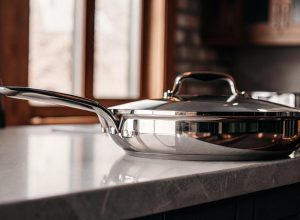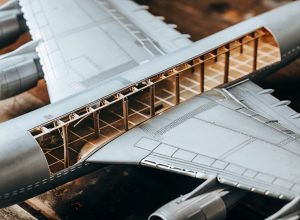Запутались в смешивании титана и никеля для своих деталей? Эта неопределенность может остановить проекты. Позвольте мне показать вам этот уникальный сплав и то, что он может сделать для вас.
Да, титаново-никелевый сплав, известный как нитинол (NiTi), определенно существует. Это особый сплав с памятью формы, который может возвращаться к своей первоначальной форме после сгибания. Это уникальное сверхэластичное свойство делает его жизненно важным для передовых медицинских приборов и аэрокосмических деталей, отвечающих таким стандартам, как ASTM F2063.
Итак, мы убедились, что этот сплав существует и очень полезен. Но что же это такое и чем он отличается от стандартных титановых сплавов, к которым вы, возможно, привыкли? Я часто получаю подобные вопросы от менеджеров по продуктам, таких как Лиза. Ей нужны четкие и простые ответы, чтобы сделать правильный выбор для своего оборудования. Давайте разберемся в этом подробнее, чтобы вы могли уверенно говорить об этих передовых материалах со своей командой и клиентами.
Что такое никель-титановый сплав?
Нужен гибкий и прочный материал для нового продукта? Базовые металлы просто гнутся и остаются гнутыми, что недостаточно хорошо для умных устройств. Никель-титановый сплав, или нитинол, обеспечивает сверхэластичность, что является принципиально важным свойством для ваших разработок.
A nickel-titanium alloy, or Nitinol, is a smart material. It’s known for two special properties: shape memory and superelasticity. This means it can remember and return to a preset shape when heated, or bend a lot and spring back without permanent damage.
Nitinol is more than just a simple mixture of two metals; it’s an intermetallic compound. This means the titanium and nickel atoms arrange themselves into a very specific crystal structure. This structure is what gives Nitinol its "smart" abilities. It can exist in two different phases, or crystal forms, depending on the temperature and stress applied to it. I remember the first time I saw a Nitinol wire in our lab. We cooled it down, crumpled it into a ball, and then dropped it into warm water. It instantly snapped back to a perfect straight line. It is a very impressive sight and shows why it’s called a smart material. This behaviour is governed by strict standards like ASTM F2063, especially for medical parts.
Понимание двух ключевых свойств
The two main properties, shape memory and superelasticity, come from the alloy’s ability to switch between its two phases.
| Недвижимость | Триггер | Результат | Общий пример |
|---|---|---|---|
| Память формы | Тепло | Материал возвращается к заданной форме после деформации при более низкой температуре. | Стент, нагретый теплом тела, открывает артерию. |
| Сверхэластичность | Напряжение (изгиб/растяжение) | Материал может значительно изгибаться (как резина), а затем возвращаться в исходную форму. | Гибкие оправы для очков, которые можно сгибать. |
Есть ли никель в титановом сплаве?
You are specifying a titanium alloy for a project but worry about unexpected elements. Adding the wrong element can ruin corrosion resistance or strength, causing major failures down the line. Let’s clarify when nickel is in titanium alloys, and when it is not.
Стандартные титановые сплавы, такие как чистый титан Grade 2 или Grade 5 (Ti-6Al-4V), не содержат никеля. Никель является первичным элементом только в особых интеллектуальных сплавах, таких как нитинол (NiTi). Путаница между ними может привести к серьезным ошибкам при выборе материала.
This is a critical point that can cause a lot of confusion for product managers. The vast majority of titanium alloys used in industrial applications, like the ones we produce here in Baoji for chemical processing equipment, do not have nickel. In fact, for these applications, nickel is seen as an impurity that we carefully control to keep at very low levels. At my plant, we produce thousands of tons of pure titanium and titanium-palladium alloys. Our quality control team tests every batch to make sure unwanted elements like nickel are not there. Nitinol is completely different. Nickel isn’t an impurity; it’s a core building block, making up roughly half the material. It is essential for creating the unique crystal structure that allows for shape memory and superelasticity.
Сравнение стандартного титана и никель-титана
Позвольте мне показать вам простую таблицу, чтобы вы поняли разницу.
| Материал | Состав ключей | Ключевая особенность | Общее использование |
|---|---|---|---|
| Титан Grade 2 | 99%+ Titanium | Отличная коррозионная стойкость | Химические трубы, теплообменники |
| Титан 5 класса | Ti, ~6% Алюминий, ~4% Ванадий | Высокое соотношение прочности и веса | Аэрокосмические рамы, болты |
| Нитинол (NiTi) | ~55% Никель, ~45% Титан | Память формы и сверхэластичность | Медицинские стенты, приводы |
Где используется никель-титан?
You have this amazing smart material, but where can you actually use it? Without clear application examples, it is just a lab curiosity, not a real-world solution for your business. Let’s explore the key industries where nickel-titanium alloy is already making a huge impact.
Nickel-titanium alloy is mainly used in two high-tech fields: medical devices and aerospace systems. In medicine, it is used for self-expanding stents, flexible orthodontic wires, and heart valve frames. In aerospace, it’s for actuators that deploy solar panels.
The properties of Nitinol make it perfect for applications where precision, reliability, and unique movement are needed. In the medical field, its use is life-changing. For example, a stent is a tiny mesh tube used to open a blocked artery. A Nitinol stent can be cooled and compressed into a very thin tube, guided through the body, and when it reaches the artery, the body’s natural heat warms it up. This causes it to expand back to its original, larger shape, pushing the artery open. It has to be biocompatible and also strong enough to withstand millions of heartbeats over a patient’s lifetime. The standard ISO 5832-3 specifically covers this material for surgical implants. While we don’t produce NiTi at my facility, we follow its developments closely because the precision required is incredible.
Основные области применения
Nitinol’s uses extend beyond just one or two products. Here is a breakdown of where you will find it.
| Промышленность | Примеры применения | Почему используется нитинол |
|---|---|---|
| Медицина | Стенты, ортодонтические брекеты, хирургические инструменты, каркасы сердечных клапанов | Биосовместимость, сверхэластичность для гибкости, память формы для развертывания |
| Аэрокосмическая промышленность | Приводы (для разблокировки защелок), муфты для жидкостных трубок | Легче моторов, высокая надежность, простой механизм |
| Потребительские товары | Гибкие оправы для очков, подшлемники для бюстгальтеров, телефонные антенны | Может сильно изгибаться и восстанавливать форму, что повышает долговечность |
Каково процентное содержание никель-титанового сплава?
You need to specify the exact composition for a material order you are placing. Getting the percentages wrong, even by a small amount, can lead to a material that does not perform as you expect, causing costly delays or failures. Let’s look at the precise chemical makeup.
A typical nickel-titanium alloy has a nearly equal atomic percentage of both elements. By weight, this translates to about 55% nickel and 45% titanium. Small changes in this ratio can significantly alter the alloy’s performance and transition temperature.
This specific ratio is the most important factor in controlling Nitinol’s properties. While the goal is often a one-to-one atomic ratio—one atom of nickel for every one atom of titanium—the weight percentage is different because nickel atoms are heavier than titanium atoms. This is why you will see specifications listing around 55% nickel by weight. This balance is incredibly sensitive. A change of just 0.1% in the nickel content can shift the alloy’s activation temperature by as much as 10°C. This is critical for medical devices, which must be designed to activate precisely at human body temperature (around 37°C). A client once sent us a sample from a failed medical part for analysis. Using our lab’s Energy Dispersive X-ray Spectroscopy (EDS) machine, we confirmed the composition was 54.8% nickel, which was perfectly within the ASTM F2063 standard. This told us the material itself was correct, and the failure was likely due to the part’s design, not its chemistry.
Понимание атомных и весовых процентов
For engineers and product managers, it’s useful to know why these two percentages are different.
| Измерение | Никель (Ni) | Титан (Ti) | Почему это важно |
|---|---|---|---|
| Атомный процент | ~50% | ~50% | Это описывает идеальную атомную кристаллическую структуру 1:1, обеспечивающую наилучший эффект памяти формы. |
| Вес В процентах | ~55% | ~45% | This is what you use for ordering and verifying raw material, as it’s how composition is measured. |
Заключение
Никель-титановый сплав существует в виде "умного" материала Nitinol. Он сильно отличается от обычного титана и крайне важен для передовых медицинских и аэрокосмических применений. Знание его уникальных свойств имеет решающее значение.

